#Georges Remy
Text

Tintin panel by Hergé
164 notes
·
View notes
Text
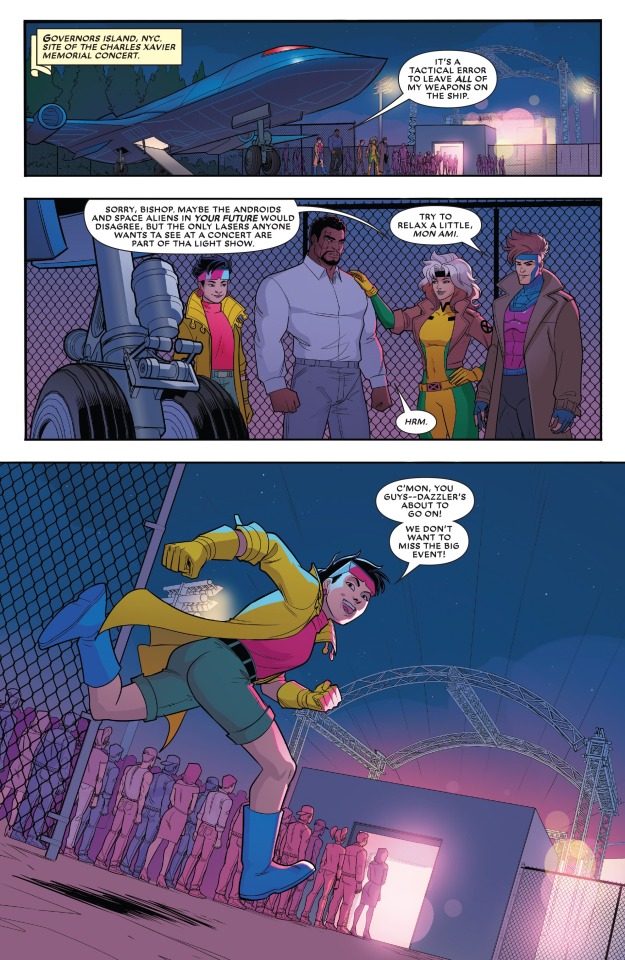
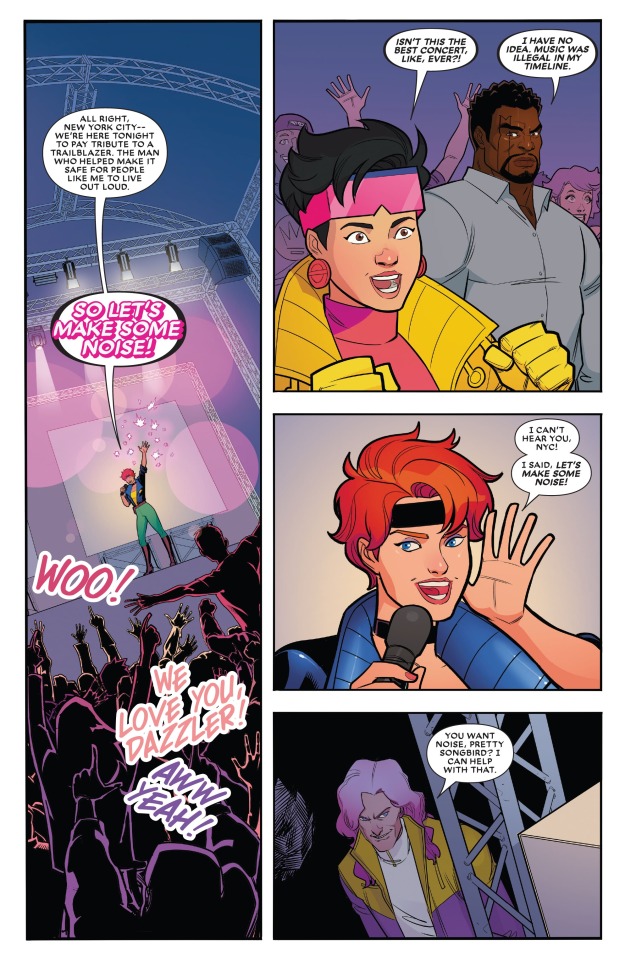


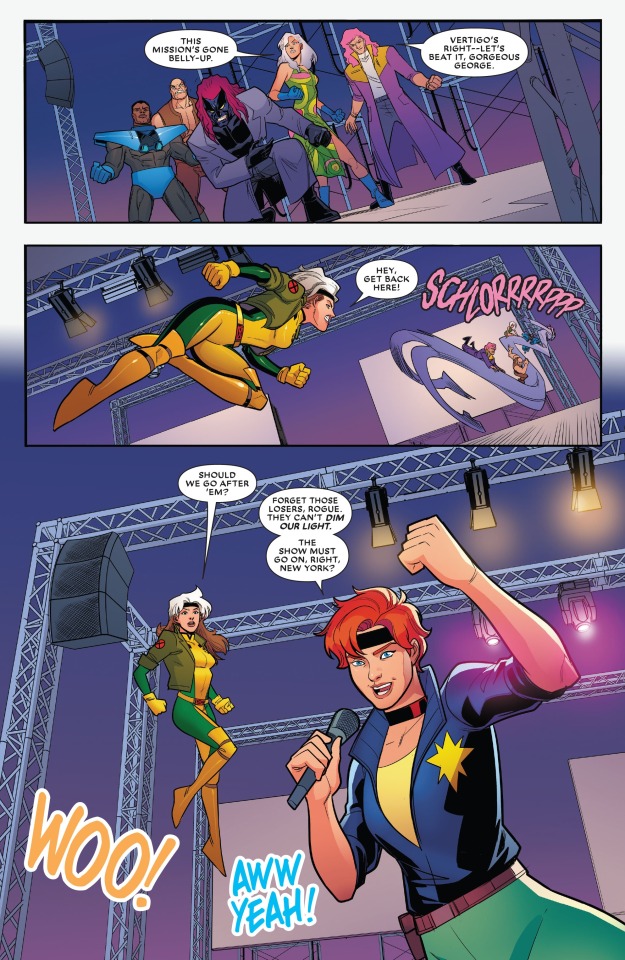
Jubilee, Bishop, Rogue and Gambit go to the concert to watch Dazzler's performance. However, Sinister's Nasty Boys turn up to kidnap Dazzler for a nefarious purpose. Fortunately, the X-Men foil the kidnapping attempt on Dazzler and show is able to go on.
This story in the comic is a prelude to the X-Men 97 cartoon.
X-Men 97 #1, 2024
#wednesday spoilers#Jubilee#Jubilation Lee#Bishop#Lucas Bishop#Rogue#Anna Marie#Gambit#Remy Lebeau#X Men#XMen#Dazzler#Alison Blaire#X Men 97#Ruckus#Clement Wilson#Slab#Kris Anderson#Gorgeous George#George Blair#Hairbag#Michael Suggs#Vertigo#Nasty Boys#XMen 97#marvel
110 notes
·
View notes
Text
Round 2 Part 8 Poll 4
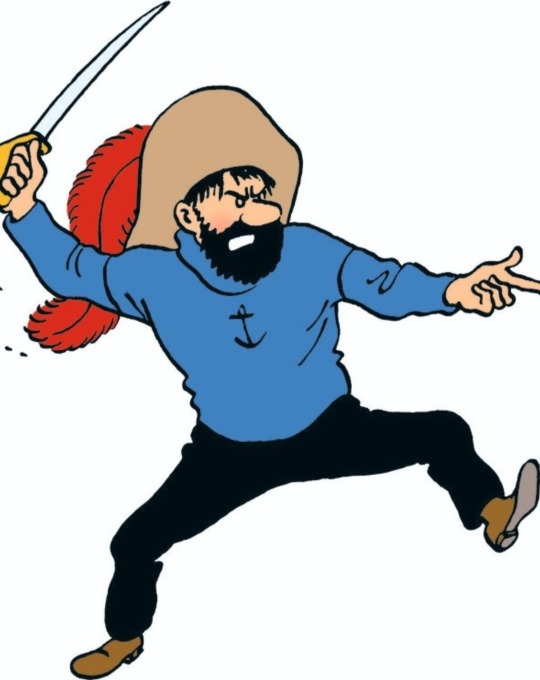

Propaganda
Haddock's the name of a real fish ! The captain's an iconic alcoholic with a unique creativity with swear words
No propaganda for The Doctor yet
#battle of the captains#tournament polls#round 2#captain haddock#archibald haddock#bande dessinee#bande dessinée#tintin#the adventures of tintin#comicblr#hergé#georges remi#belgium#the doctor#doctor who fandom#dr who fandom#dr who#dr. who#dw fandom#dw#doctor who#classic who#nuwho#new who
116 notes
·
View notes
Text
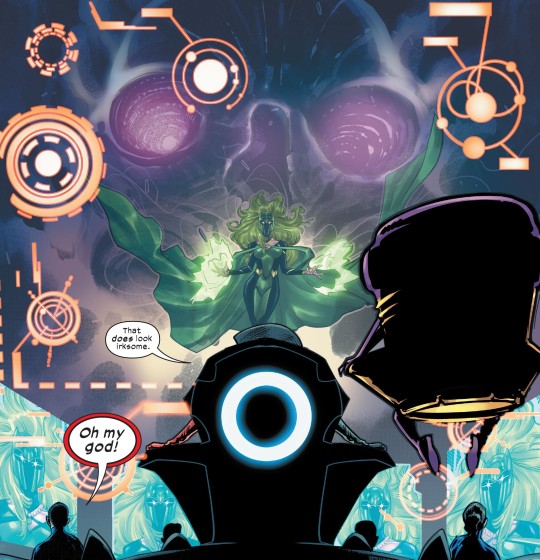

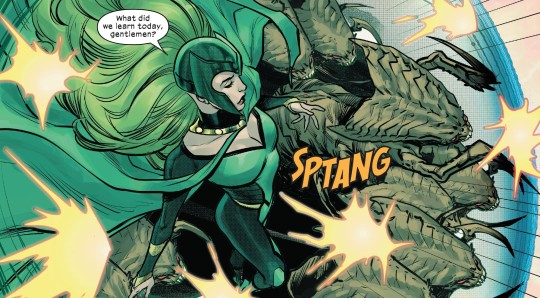


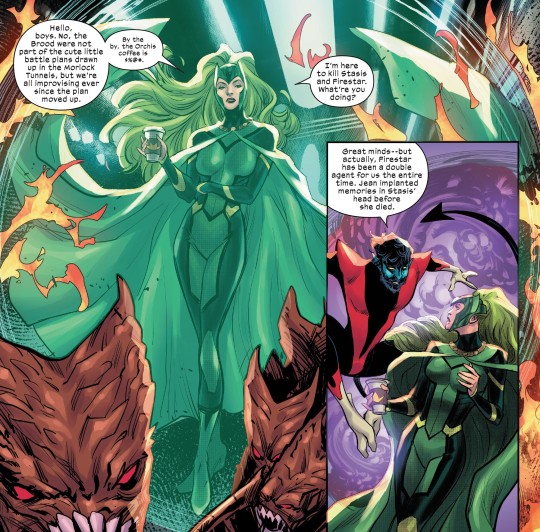
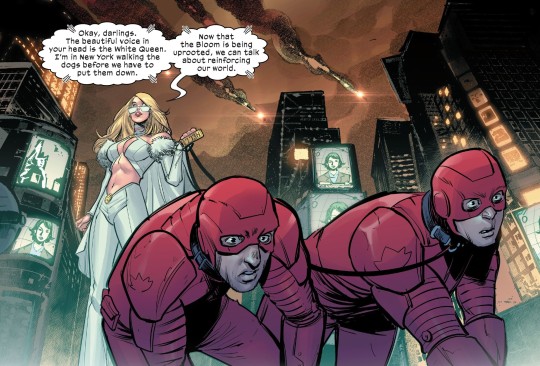


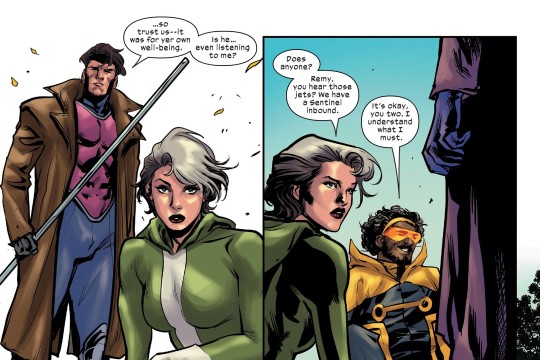
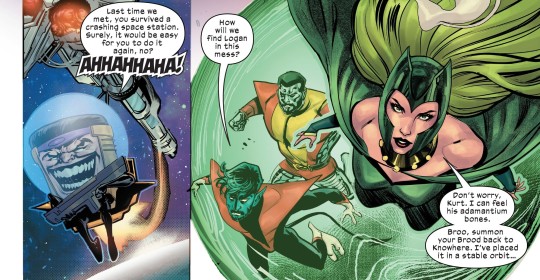

From Fall of the House of X #002, “Long Games End”
Art by Lucas Werneck and Bryan Valenza
Written by Gerry Duggan
#fall of the house of x#polaris#lorna dane#doctor stasis#nathaniel essex#m.o.d.o.k.#george tarleton#wolverine#logan#nightcrawler#kurt wagner#white queen#emma frost#gambit#remy lebeau#rogue#anna marie lebeau#destiny#irene adler#manifold#eden fesi#omega sentinel#karima shapandar#colossus#piotr rasputin#alia gregor#cyclops#scott summers#marvel#comics
75 notes
·
View notes
Text






nobody has to prove anything anymore.
#usercroft#usermaguire#userjohnny#tuserlanie#uncannysource#comicedit#marveledit#xmenedit#rogue#gambit#romy#roguegambit#remy lebeau#anna marie#anna marie lebeau#**#*mine: graphic#*mine: marvel comics#art by stephen segovia & peach momoko & georges jeanty & felipe massafera & joe madureia & david yardin#apologies to whoever req'd them. my excuse. is that i literally had to factory reset my laptop bc everything Stopped Working#don't hoard fonts kids your photoshop WILL break down#manifesting good things for my next one.
642 notes
·
View notes
Text
Remy: Janus wait! I didn’t mean for that to happen-
Janus: Finding out that everyone hates me? I don’t care.
Remy: Janus, girl, please, stop.
Janus: No! Do you know what everyone says about you? They say you’re a Starbucks guzzling short video freak who’s just a bitchy photocopy of me! So don’t act so innocent, I can smell the deceit here. Go take that fake apology and shove right up your tight aaaaAAAHHHHHH
*Janus gets bulldozed over by Remus and his morning star*
Remus: Shit, was that Jan?
*Remy nods, horrified*
Remus: *shrugs* Meh *walks off*
Remy: *voiceover* And that’s how Janus died. Just kidding, sides can’t die, he’ll always be able to slut his way back and piss me off forever. I’m going to get an espresso.
#mean girls but it’s Janus and Sleep#surprise appearance by Remus as THE BUS#thomas sanders#sanders sides#incorrect sanders sides#Janus Sanders#Remus sanders#remy sanders#sleep sanders#mean girls#Regina George#Cady heron
58 notes
·
View notes
Text
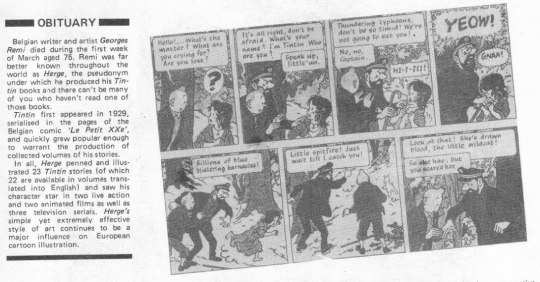
Obituary by Frank Plowright for Georges Remi (22 May 1907- 3 March 1983), better known as Hergé, from Mighty World of Marvel No. 3, cover dated August 1983.
20 notes
·
View notes
Photo
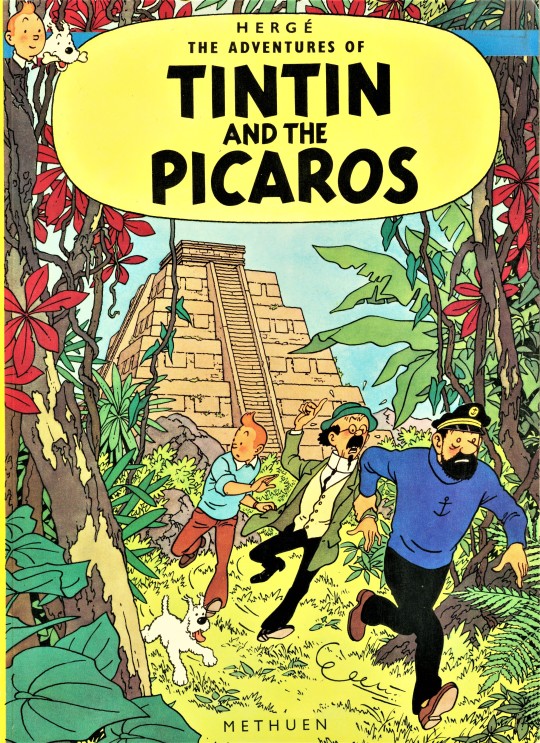


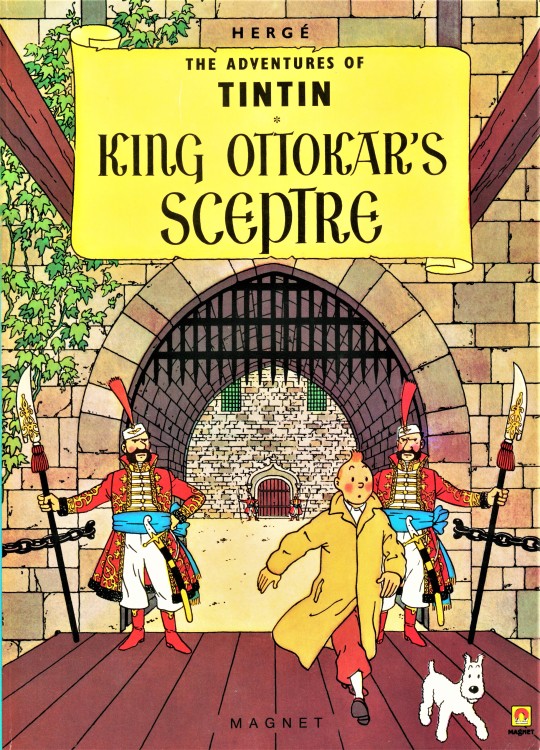





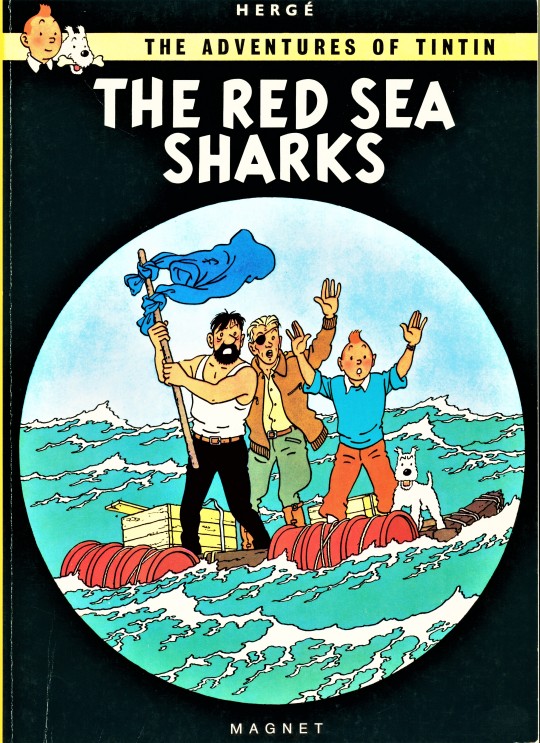
Milestone Monday
On this date, May 22 in 1907, Georges Prosper Remi, better known to the world as the Belgian cartoonist Hergé, creator of the uber-popular comic book series The Adventures of Tintin, was born in Etterbeek, Brussels. The series, which follows the adventures of the intrepid young Belgian reporter Tintin, was published in 24 titles from 1929 to Hergé's death in 1983. They have been published in more than 70 languages with sales of more than 200 million copies, and have been adapted for radio, television, theatre, and film. The storylines thrust Tintin, along with his faithful dog Snowy and the brash and cynical Captain Haddock, into global mysteries and action-adventures, punctuated by slapstick comedy, set in the events and issues that span the 20th century.
British editions of the Tintin series were published in London by Methuen and translated into English by Leslie Lonsdale-Cooper and Michael Turner starting in 1958. We hold 22 early printings of the English-language titles, most published by the London reprint house Magnet. Our copies run from 1972-1983.
View other Milestone Monday posts.
#Milestone Monday#milestones#Hergé#Georges Prosper Remi#Tintin#The Adventures of Tintin#Methuen#Leslie Lonsdale-Cooper#Michael Turner#Magnet Publishing#Belgian artists#cartoons#cartoonists#comics#comic books#comic book covers
123 notes
·
View notes
Text

Henry ‘Indiana’ Jones, Jr. as Corporal Henri Defense - The Adventures Of Young Indiana Jones (1992)
#1992#1916#film#series#TV show#television#WWI#The Adventures Of Young Indiana Jones#Sean Patrick Flanery#Indiana Jones#Indy#Henry Jones Jr.#Corporal Henri Defense#Henri Defense#Ronny Coutteure#Remy Baudouin#George Hall#Old Indy#Richard Ridings#Andre#Battle Of The Somme#Somme#France#Belgium#German Empire
26 notes
·
View notes
Note
well i can only draw blobs but X
oh my god ANON HES PERFECTTTTTTT

#ask#pls pls pls lmk if u want me to add ur url or anything THIS IS SO FAWKING CUTEEEEEE 😭💚🌟#GEORGE AS REMY LIKE I CRODE I CRODEEEEEEEEE#thank u so much THANK U SO SO MUCH 😢💚🐀#dream fanart#george fanart
238 notes
·
View notes
Text
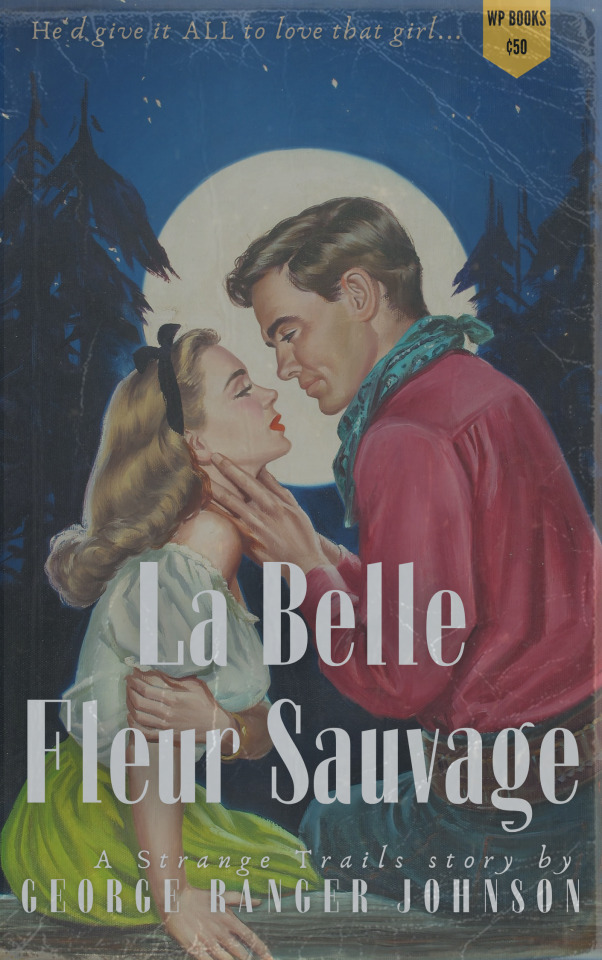
La Belle Fleur Sauvage (1989)
"I'll live yet to see him
Regret the dark hour
When he won, then neglected,
The frail wildwood flower"
- "Wildwood Flower," American folk song written by Maud Irving, best known as performed by Mother Maybelle Carter.
[Epigraph from La Belle Fleur Sauvage]
The fifth Strange Trails story is one of George Ranger Jonhson's most plain-cut romance novels. As he mentioned after the publication of Lullaby, he’d been wanting to write more “of tender things.”The story this time around comes to the patrons of George's Place from Remy Fusil, the Cajun Cowboy - a character who appears fairly little in the whole rest of GRJ's oeuvre, unless you believe certain theories of second identities (you'd be hard-pressed to find a character who doesn't have those!)
In retrospect, despite his seat in the hallowed pantheon of Strange Trails narrators, alongside such heavy-hitters as Frankie Lou and Buck Vernon, Fusil was a means to an end - that end being the introduction of Lee Green, who would play a major role in the whole rest of Johnson's works, develop from the sweet young flower of the Michigan woods she's portrayed as here, to, in the end of ends, that half-real eye-of-the-hurricane phantom haunting moonlit Mt. Monroe.
But we're getting two series ahead of ourselves. For now, in this book, GRJ deftly weaves together Remy and Lee's hesitant and, perhaps, a touch unreliably narrated romance, with the timeless legend of an unobtainable alpine flower - a legend that Remy swears is Cajun, but in other books we're told it might be Basque, or American folk. In other words, it's a story that comes from everywhere, and everyone. Maybe that's why this old tale's themes of obsessive pursuit ring through almost every page that GRJ ever set his pen to. Behind the kisses in the moonlight, there are always mountains unclimbable, withering flowers picked for ephemeral beauty once held, fools for love lying in the drifting snow, in the wind, lost in time and space, who'd give it all to pluck that fleur.
Oh yes, and we end with another cliffhanger. As Remy leans back in George's Place, having finished his tale of romance, he lights up a cigarette and a Bob Dylan tune comes on the jukebox. No one, he says, could ever challenge that his love was the purest. And then, to a galloping 4/4 beat, he hears footsteps approaching.
Keep following this blog for more insight into Johnson's work through the years.
May you live until you die!
#la belle fleur sauvage#strange trails#lee green#remy fusil#george ranger johnson#grj#pulp art#vintage paperbacks#pulp cover#paperback#pulp#vintage pulp#lord huron
84 notes
·
View notes
Text

Tintin Noel , 1947 by Hergé
102 notes
·
View notes
Text
OI TINTIN FANDOM
Shoot me your Tintin backstory ideas because I'm interested in what everyone thinks about his childhood
I, for one, have about 7 different ideas and I need psychiatric intervention at this point
#tintin#les adventures de tintin#the adventures of tintin#milou#hergé#captain haddock#тинтин#snowy#jean-pierre talbot#professor calculus#professor tournesol#bianca castafiore#georges remi
25 notes
·
View notes
Text
Battle of the Captains
Round 3 Part 8 Poll 2


Propaganda
No propaganda for Elizabeth yet
Basically the reverse of Sherlock Holmes: Tintin the reporter runs around solving cases accompanied by his high/drunk friend Captain Haddock.
#tournament polls#battle of the captains#round 3#elizabeth swann#potc fandom#potc#the pirates of the caribbean#pirates of the caribbean#archibald haddock#captain haddock#the adventures of tintin#tintin#bande dessinee#bande dessinée#bandes dessinées#hergé#georges remi#comicblr#comics#indie comics
91 notes
·
View notes
Text
24 Days of La Fayette: Day 5
(I might be really behind schedule, but I will finish what I have started.)

Artist: Thomas Pritchard Rossiter (1818–1871), and Artist: Louis Remy Mignot (American, Charleston, South Carolina 1831–1870 Brighton). Washington and Lafayette at Mount Vernon, 1784 (The Home of Washington after the War). Oil on canvas, 1859. The Metropolitan Museum of Art, JSTOR, https://jstor.org/stable/community.18413572. Accessed 19 Mar. 2024.
Washington and Lafayette at Mount Vernon, 1784 (The Home of Washington after the War) is probably one of the more famous pieces on this list. It was painted 1859 by Thomas Pritchard Rossiter and Louis Remy Mignot. The Mount Vernon Ladies Association was founded in 1853 and there was a renewed interest in Mount Vernon and its history. That is the reason why the pair decided to set their scene at Washingtons home. Mignot was tasked with painting the house and the landscape – a task he took very seriously, he visited Mount Vernon during a painting trip and talked with older people in the area to get the proverbial full picture. Painting the figures fell to Rossiter and while he certainly also did his research, a closer look at the clothing and styling of the figures reveal that it was indeed not a painting done in 1784. Houdon’s bust of Washington supposedly served as a model for the President while an assortment of paintings from Lee University and Washington University served most likely as inspirations for La Fayette and the Custis children.
While there are definitely worse depictions of La Fayette, there are also better ones. The receding hairline is this one very prominent feature that goes a long way of letting La Fayette “look like” La Fayette – but I also find it a bit “lazy” to rely solely on such features (what is rich, coming from a person who can not paint even if my life were to depend on it.)
The composition, a mix of a historical and a genre painting, was very popular at the time. There are also some variations of this painting, especially in print. Here we see depictions of La Fayette arriving, Washington enthusiastically greeting La Fayette or La Fayette leaving Mount Vernon at the end of his stay. While these are all separated works, the parallels between these pieces and the painting at hand are too stark to dismiss the obvious inspiration that was taken from Mignot’s and Rossiter’s work. The historical elements of the portrait depict La Fayette’s third visit to the United States, just after the end of the War. With peace now prevailing he could enjoy his time as a private gentleman and as a friend of Washington at Mount Vernon, away from the horrors of war that had previously occupied him in America. His trip in 1784 would be the last time he and Washington meet in person. But still, La Fayette’s marks are still there, almost 150 years later. The room he stayed to, although afterwards used by countless other guests, is still commonly referred to as the La Fayette room and a copy of Charles Wilsons famous painting adorns the wall.
Rossiter wrote about the painting during the initial exhibition:
The busy portion of the day is over; and, as the long shadows creep slowly over the lawn, the family portion of the household have congregated under the ample portico. The General and his noble guest have arisen from the chairs, which indicate that they had formed a portion of the group with the ladies, and are standing in colloquy: Washington in the act of speaking, and Lafayette leaning against a pillar, in deferential attitude, holds a newspaper in the hand - suggestive that the discourse is a topic of the times.
N.Y.), M.M. of A. (New Y. (1965) American Paintings: A Catalogue of the Collection of the Metropolitan Museum of Art. Metropolitan Museum of Art, pp. 88-90.
#24 days of lafayette#marquis de lafayette#la fayette#french history#american history#history#american revolution#art#george washington#mount vernon ladies association#1784#thomas pritchard rossiter#louis remy mignot
13 notes
·
View notes
